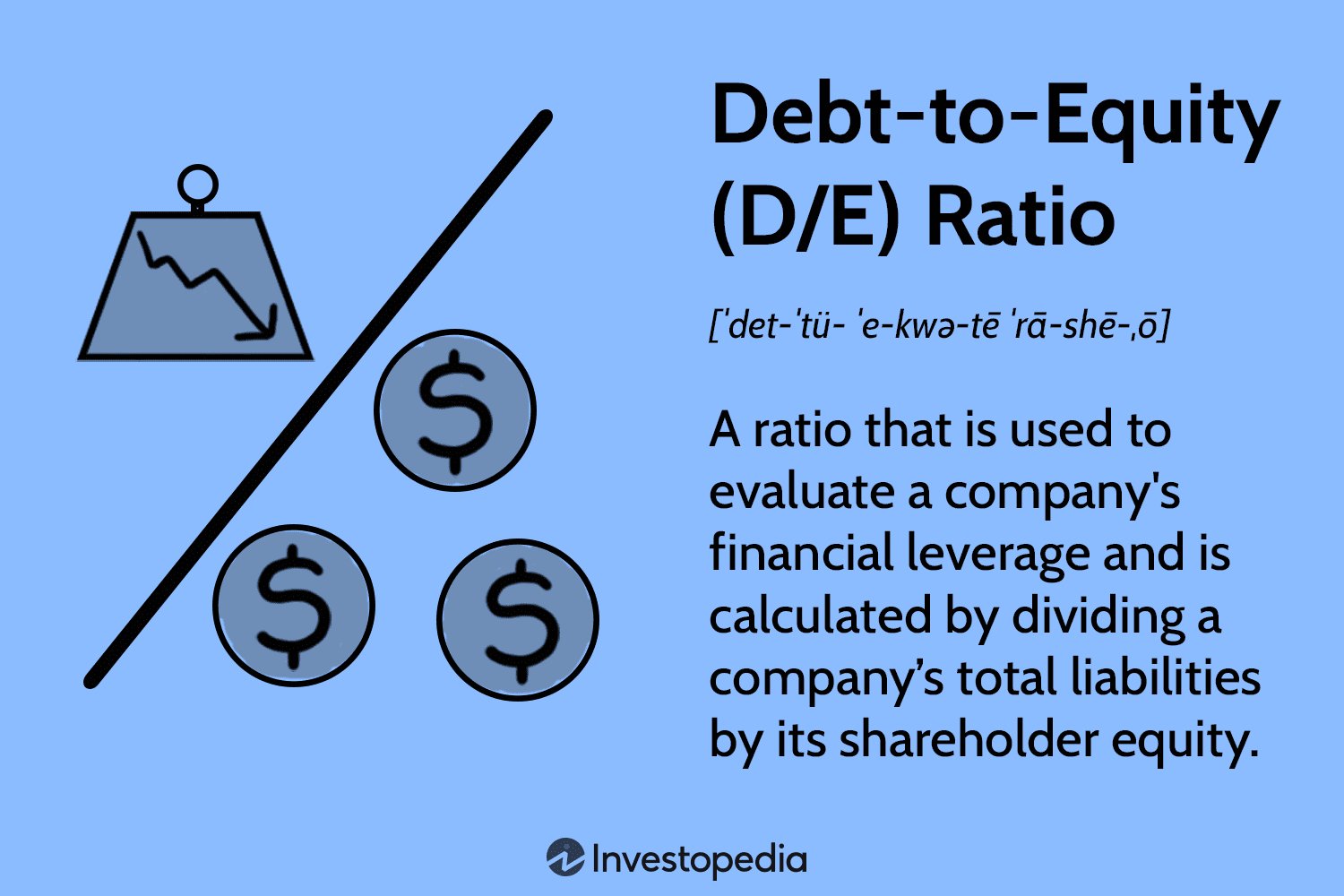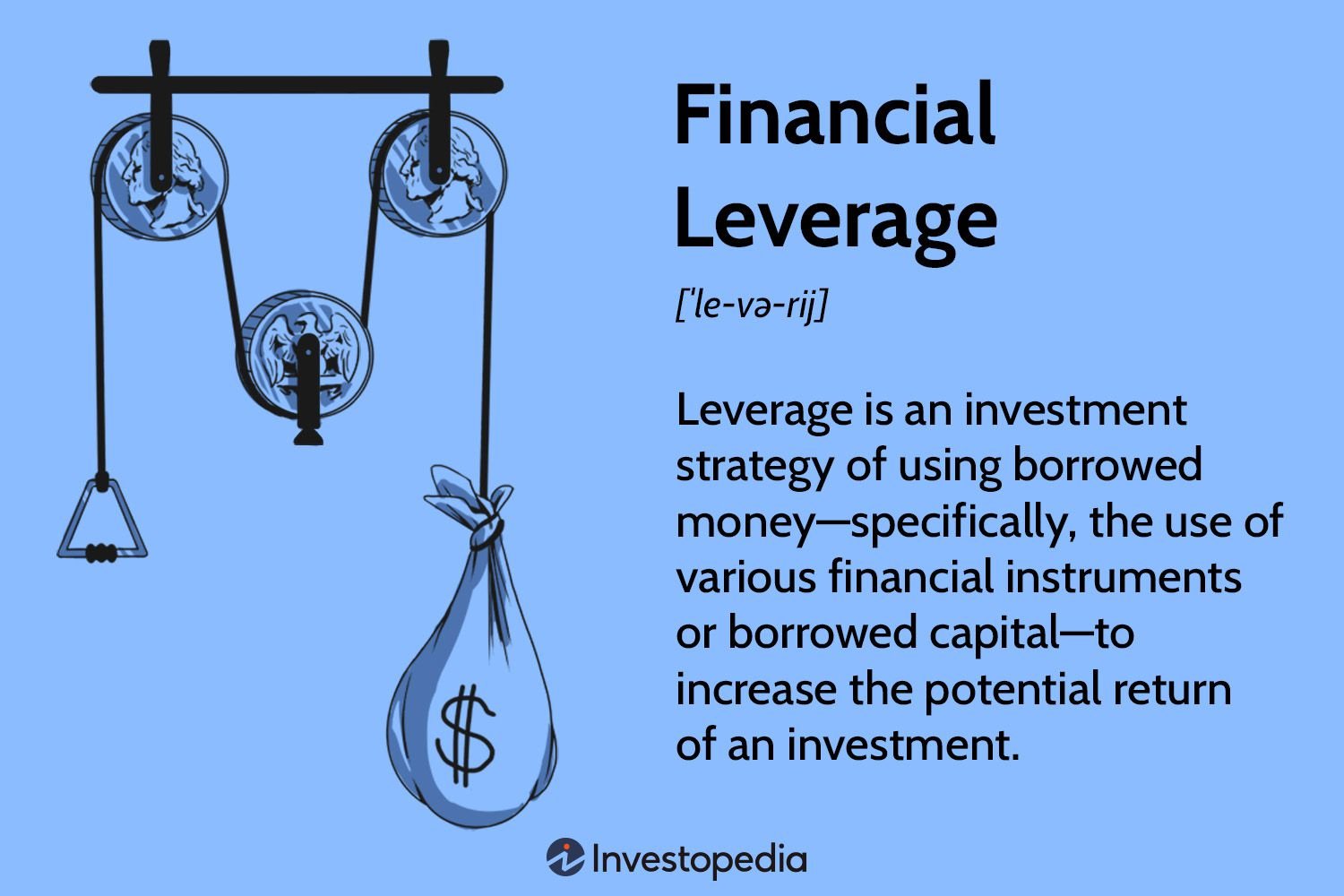Struggling to comprehend the intricacies of debt and equity in the world of corporate finance? Look no further! In this blog article, we will delve into the concept of the debt to equity ratio and its significance. So, what is debt to equity ratio in corporate finance? Simply put, this ratio measures the proportion of a company’s financing that comes from debt compared to equity. By understanding this ratio, businesses can assess their financial health, evaluate risk, and make informed decisions. Join us as we unravel the mechanics of the debt to equity ratio and explore its implications for companies. Ready to dive in? Let’s get started.
What is Debt to Equity Ratio in Corporate Finance?
Corporate finance is a field that involves the management of a company’s financial resources in order to maximize its value for shareholders. One of the key concepts in corporate finance is the debt to equity ratio, which is a measure of a company’s financial leverage. In this article, we will explore what the debt to equity ratio is, how it is calculated, and why it is important in evaluating a company’s financial health.
Understanding Debt to Equity Ratio
The debt to equity ratio is a financial metric that compares a company’s total debt to its shareholders’ equity. It is used to assess the proportion of a company’s funding that comes from debt and equity sources. By analyzing this ratio, investors and analysts can gain insights into a company’s financial structure and its ability to meet its financial obligations.
Calculation of Debt to Equity Ratio
To calculate the debt to equity ratio, you need two key pieces of information: the company’s total debt and its shareholders’ equity. The formula for debt to equity ratio is as follows:
Debt to Equity Ratio = Total Debt / Shareholders’ Equity
Total debt includes both short-term and long-term debt, such as bank loans, bonds, and other forms of borrowing. Shareholders’ equity represents the equity investment made by the shareholders in the company, including retained earnings and additional paid-in capital.
Interpreting Debt to Equity Ratio
The debt to equity ratio provides insights into a company’s financial risk and solvency. A high ratio indicates that a company relies heavily on debt financing, which can be risky as it increases the company’s financial obligations and interest expenses. On the other hand, a low ratio suggests that the company has a lower level of financial risk and is less dependent on debt financing.
The interpretation of the debt to equity ratio may vary across different industries. Some industries, such as utilities and telecommunications, tend to have higher debt to equity ratios due to the nature of their operations, which require substantial capital investments. On the contrary, industries like technology and healthcare typically have lower debt to equity ratios, as they rely more on equity financing.
Importance of Debt to Equity Ratio
The debt to equity ratio is an essential metric for both investors and creditors. Here are some reasons why it is important:
Evaluating Financial Health
The debt to equity ratio helps assess a company’s financial health and overall stability. By comparing its debt levels to its equity, investors can gauge if a company has a reasonable balance between debt and equity financing. A high debt to equity ratio may indicate financial stress, while a low ratio suggests a stronger financial position.
Assessing Risk
The debt to equity ratio helps measure a company’s risk profile. Companies with higher debt to equity ratios are generally considered riskier investments since they have higher leverage and are more exposed to economic downturns. However, it is essential to compare the ratio with industry peers to get a more accurate picture of risk.
Borrowing Capacity
Creditors, such as banks and bondholders, use the debt to equity ratio to evaluate a company’s borrowing capacity. A lower ratio implies that the company has a more substantial equity base, making it less risky for creditors to extend credit. A higher ratio, on the other hand, may make it difficult for a company to secure additional credit or obtain favorable lending terms.
Industry Comparisons
The debt to equity ratio is also valuable for comparing a company’s financial structure to its industry peers. Industries with different capital requirements and risk profiles will have varying average ratios. Comparing a company’s ratio to the industry average can help identify if a company is more or less leveraged than its competitors.
Limitations of Debt to Equity Ratio
While the debt to equity ratio is a helpful tool in analyzing a company’s financial position, it does have some limitations. It’s important to consider these limitations when interpreting the ratio:
Industry Variations
The debt to equity ratio varies significantly across industries. Comparing the ratio of a company in one industry to a company in another industry may not provide an accurate assessment of financial health. It is crucial to consider industry norms and average ratios for a meaningful comparison.
Timing of Debt
The debt to equity ratio is calculated based on the total debt and shareholders’ equity at a specific point in time. As a result, it may not reflect the company’s current financial position accurately. A company may have recently taken on additional debt, or its shareholders’ equity may have changed significantly since the calculation.
Non-Financial Factors
The debt to equity ratio does not take into account non-financial factors, such as market conditions, management capabilities, or competitive advantages. It is important to consider these factors in conjunction with financial metrics to gain a holistic understanding of a company’s performance.
Conclusion
The debt to equity ratio is a vital metric in corporate finance that provides insights into a company’s financial structure, risk profile, and borrowing capacity. It helps evaluate a company’s financial health and stability and allows for industry and peer comparisons. However, it is essential to consider the limitations of the ratio and analyze it in conjunction with other financial and non-financial factors. By understanding the debt to equity ratio, investors and creditors can make informed decisions and assess the financial soundness of a company.
Understanding Debt to Equity Ratio
Frequently Asked Questions
Frequently Asked Questions (FAQs)
What is debt to equity ratio in corporate finance?
The debt to equity ratio in corporate finance is a financial metric that compares a company’s total debt to its total shareholders’ equity. It is used to evaluate a company’s financial leverage and risk.
How is the debt to equity ratio calculated?
The debt to equity ratio is calculated by dividing a company’s total debt by its total shareholders’ equity. The formula for calculating the debt to equity ratio is: Debt to Equity Ratio = Total Debt / Total Shareholders’ Equity.
What does a high debt to equity ratio indicate?
A high debt to equity ratio indicates that a company has a higher proportion of debt financing compared to equity financing. This could suggest that the company is more leveraged and carries a higher level of financial risk.
What does a low debt to equity ratio indicate?
A low debt to equity ratio indicates that a company has a lower proportion of debt financing compared to equity financing. This suggests that the company relies more on equity financing and may have a lower level of financial risk.
Why is the debt to equity ratio important in corporate finance?
The debt to equity ratio is important in corporate finance as it helps assess the financial health and risk profile of a company. It provides insights into the company’s ability to meet its financial obligations and its reliance on debt financing.
What is considered a good debt to equity ratio?
The interpretation of a good debt to equity ratio depends on the industry and the company’s specific circumstances. Generally, a lower ratio is preferred as it indicates lower financial risk. However, what is considered “good” can vary across industries and company types.
How is the debt to equity ratio used in financial analysis?
The debt to equity ratio is used in financial analysis to compare a company’s debt levels to its equity. It helps investors and analysts understand the company’s capital structure and financial risk. It can also be compared to industry averages or competitors to assess relative performance.
Are there any limitations to using the debt to equity ratio?
Yes, there are some limitations to using the debt to equity ratio. It does not provide a complete picture of a company’s financial health and risk. Other financial ratios and factors should be considered alongside the debt to equity ratio for a comprehensive analysis. Additionally, comparisons should be made within the same industry and with companies of similar size and nature.
Final Thoughts
The debt to equity ratio in corporate finance is a key financial metric that helps assess a company’s financial leverage and risk. It provides insights into the proportion of debt and equity financing used by a company to fund its operations and investments. By comparing the company’s total liabilities to its shareholders’ equity, this ratio highlights the degree of financial leverage and potential vulnerability to default. Understanding the debt to equity ratio is crucial for investors, creditors, and analysts to evaluate a company’s financial health and make informed decisions. In summary, the debt to equity ratio in corporate finance is a vital tool that quantifies the company’s capital structure and risk profile.



